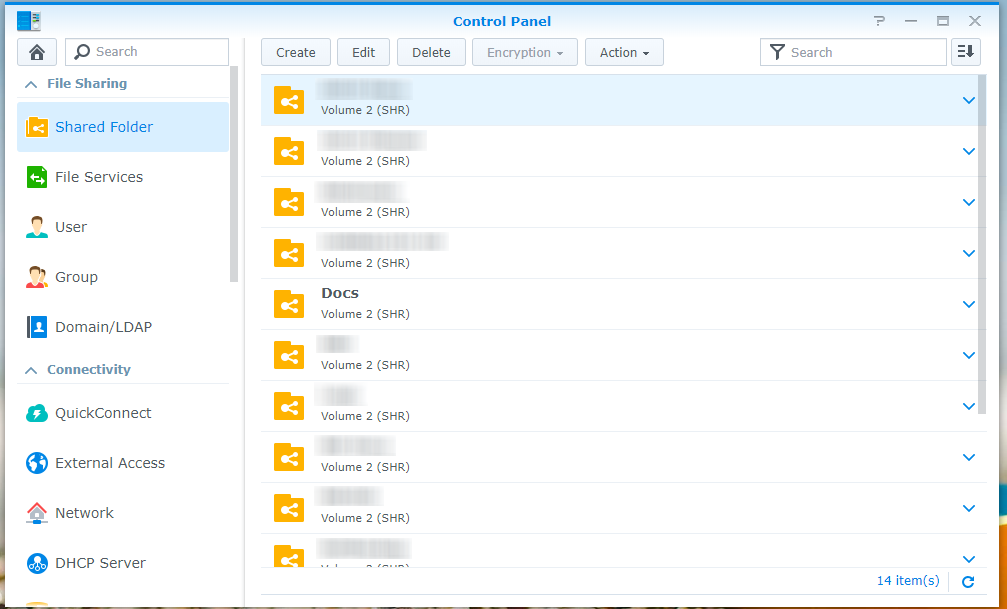
- #FILE SYNCHRONIZATION APPLICATION HOW TO#
- #FILE SYNCHRONIZATION APPLICATION OFFLINE#
- #FILE SYNCHRONIZATION APPLICATION WINDOWS#
PowerShell management cmdlets: These are PowerShell cmdlets that you to interact with the Microsoft.StorageSync.sys: The Azure File Sync file system filter, which is responsible for tiering files to Azure Files (when cloud tiering is enabled).

#FILE SYNCHRONIZATION APPLICATION WINDOWS#
FileSyncSvc.exe: The background Windows service that is responsible for monitoring changes on server endpoints, and for initiating sync sessions to Azure.The Azure File Sync agent is a downloadable package that enables Windows Server to be synced with an Azure file share. The Azure File Sync agent has three main components: However, a server (or cluster) can be registered with only one Storage Sync Service at a time. You can register as many servers to a Storage Sync Service instance as you want.

The registered server object represents a trust relationship between your server (or cluster) and the Storage Sync Service.
#FILE SYNCHRONIZATION APPLICATION HOW TO#
A Storage Sync Service can host as many sync groups as you need.ĪLSO READ: How To Deploy Azure Cosmos DB 3. If, for example, you have two distinct sets of files that you want to manage with Azure File Sync, you would create two sync groups and add different endpoints to each sync group. Endpoints within a sync group are kept in sync with each other. A subscription can have multiple Storage Sync Service resources deployed.Ī sync group defines the sync topology for a set of files. A distinct top-level resource from the storage account resource is required because the Storage Sync Service can create sync relationships with multiple storage accounts via multiple sync groups. The Storage Sync Service resource is a peer of the storage account resource, and can similarly be deployed to Azure resource groups. The Storage Sync Service is the top-level Azure resource for Azure File Sync. To gain the most from Azure File Sync, it's important to understand the terminology.
#FILE SYNCHRONIZATION APPLICATION OFFLINE#
Cloud Tiering files will have greyed icons with an offline file attribute to let the user know the file is only in Azure. When a user opens a tiered file, Azure File Sync seamlessly recalls the file data from Azure Files without the user needing to know that the file is actually stored in Azure. The reparse point represents a URL to the file in Azure Files.ĪLSO READ: Create Azure Function in Visual Studio When a file is tiered, the Azure File Sync file system replaces the file locally with a pointer, or reparse point. Non-used data moves to Azure in what is called Cloud Tiering.Ĭloud tiering is an optional feature of Azure File Sync in which frequently accessed files are cached locally on the server while all other files are tiered to Azure Files based on policy settings.

As of this writing, the Azure File Sync service is only supported with Windows 2012 R2 or later, and we only can use SMB, NFS, and FTPS protocols with our Azure File Sync service.If there is a request to access the particular file then it will get locally cached again. When those files that are not accessed as frequently, we would have a pointer mapping back to the file on our Azure file share where it is actually stored and can be accessed.So rather than creating a direct link to our Azure file share, we could use Azure File Sync to increase the storage capacity of our on-premise file servers by locally caching frequently accessed files on-prem on our file servers. Azure File Sync is a part of the Azure Storage service and we could use to extend the capabilities of Azure Files into our on-premise file servers.Azure File Sync transforms Windows Server into a quick cache of our Azure file share.We could Use Azure File Sync to centralize our organization's file shares in Azure Files, while keeping the flexibility, performance, and compatibility of an on-premises file server.


 0 kommentar(er)
0 kommentar(er)
